Southern Pea Pod Blight Control: Treating Pod Blight On Southern Peas
Southern peas seem to have a different name depending on what section of the country they’re grown. Whether you call them cowpeas, field peas, crowder peas, or black-eyed peas, they are all susceptible to wet rot of southern peas, also referred to as southern pea pod blight. Read on to learn about the symptoms of southern peas with pod blight and about treating pod blight on southern peas.
What is Southern Pea Pod Blight?
Wet rot of southern peas is a disease caused by the fungus Choanephora cucurbitarum. This pathogen causes fruit and blossom rot in not only southern peas, but also okra, snap bean, and various cucurbits.
Symptoms of Southern Peas with Pod Blight
The disease appears first as water-soaked, necrotic lesions on pods and stalks. As the disease progresses and the fungus produces spores, a dark gray, fuzzy, fungal growth develops on the affected areas. The disease is fostered by periods of excessive rainfall combined with high temperatures and humidity. Some research indicates that the severity of the disease is increased with high populations of cowpea curculio, a type of weevil. A soil-borne disease, treating pod blight on southern peas can be accomplished with the use of fungicides. Also, avoid dense plantings that favor disease incidence, destroy crop detritus and practice crop rotation.
Gardening tips, videos, info and more delivered right to your inbox!
Sign up for the Gardening Know How newsletter today and receive a free copy of our e-book "How to Grow Delicious Tomatoes".

Amy Grant has been gardening for 30 years and writing for 15. A professional chef and caterer, Amy's area of expertise is culinary gardening.
-
 Looking For Plants To Give You The Soft And Fuzzies? Try These 5 Fuzzy Leaf Plant Options
Looking For Plants To Give You The Soft And Fuzzies? Try These 5 Fuzzy Leaf Plant OptionsLovers of texture, drama, silver foliage and tactile plants will adore these special sensory garden additions. These fuzzy leaf plant options will leave you all aglow
By Susan Albert
-
 Get Ready For A Summer Of Hummers! Grow These Full Sun Hummingbird Plants and Flowers
Get Ready For A Summer Of Hummers! Grow These Full Sun Hummingbird Plants and FlowersIf you’re lucky enough to enjoy a sunny backyard, make sure you are maxing out on your pollinator opportunities and grow these full sun hummingbird plants and flowers
By Tonya Barnett
-
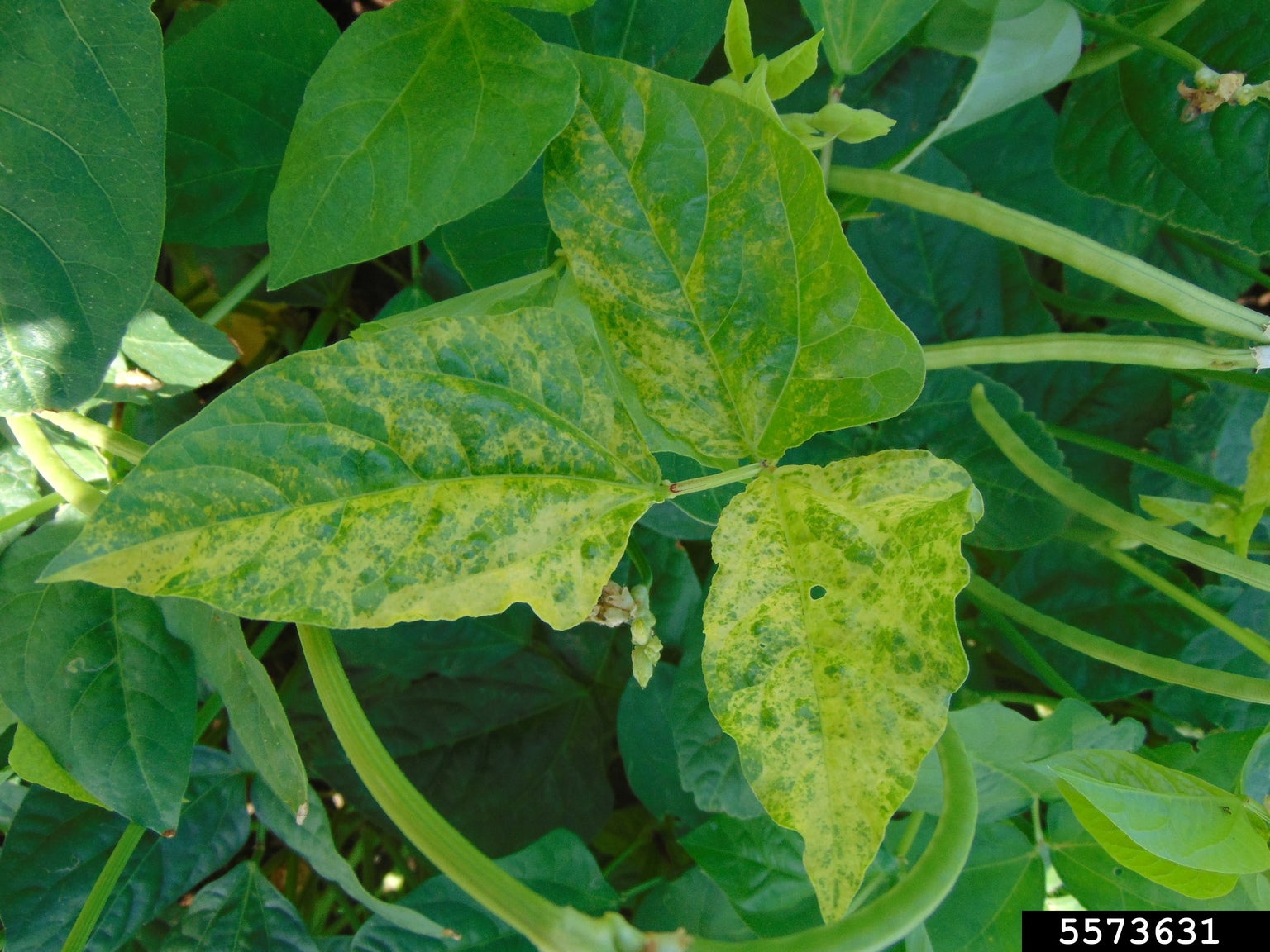 Southern Pea Mosaic Virus: Learn About Mosaic Virus Of Southern Pea Plants
Southern Pea Mosaic Virus: Learn About Mosaic Virus Of Southern Pea PlantsSouthern peas may be afflicted by a number of diseases, like southern pea mosaic virus. What are the symptoms of mosaic virus of southern peas? Learn how to identify southern peas with mosaic virus and control the virus in this article.
By Amy Grant
-
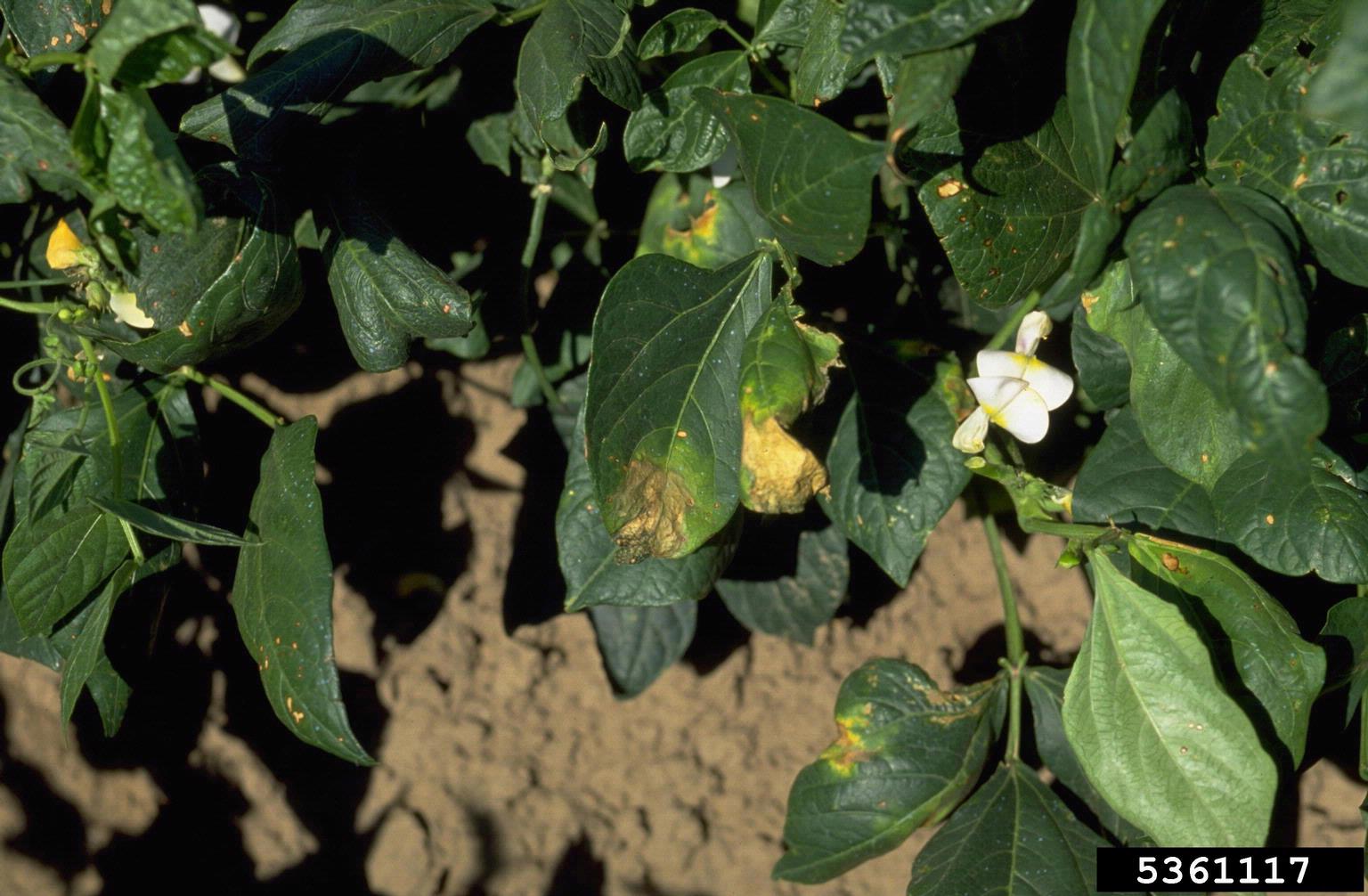 Burnt Southern Pea Leaves: Treating Southern Peas With Burnt Leaves
Burnt Southern Pea Leaves: Treating Southern Peas With Burnt LeavesSince the vegetables thrive in high heat regions, the cause of leaf burn on southern peas is rarely sunscald. Some investigation into the most common causes of leaf burn can help diagnose and treat the condition. Click here for more info on southern pea leaf burn.
By Bonnie L. Grant
-
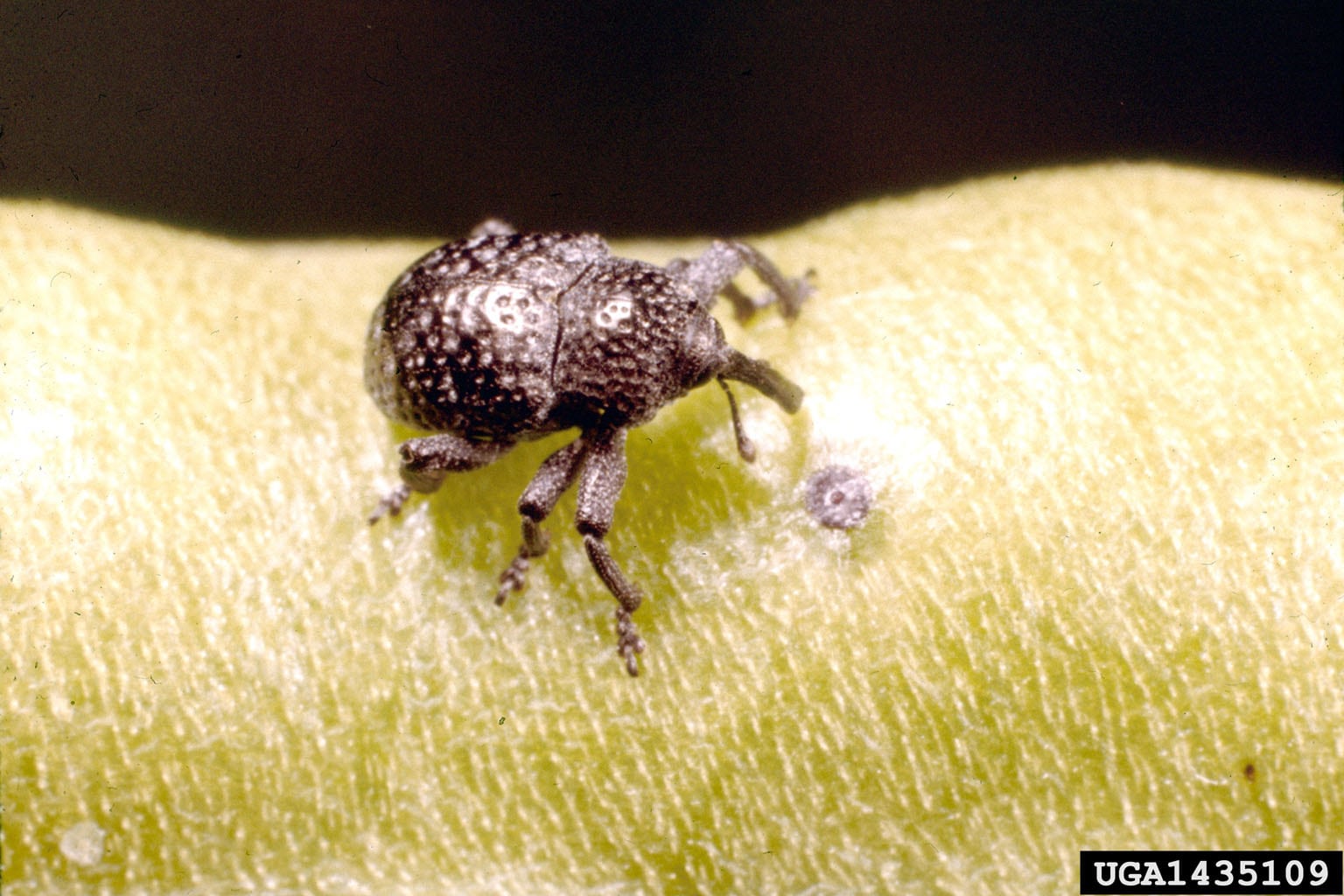 Cowpea Curculio Management – Information About Cowpea Curculio Damage
Cowpea Curculio Management – Information About Cowpea Curculio DamageThough the fast-maturing plants require minimal care, some pests could drastically impact cowpea yields. Knowing the signs of one such nuisance, cowpea curculio, will ensure that gardeners are better able to manage damage done to their plantings. This article will help.
By Tonya Barnett
-
Southern Pea Cotton Root Rot – Treating Texas Root Rot Of Cowpeas
Are you growing cowpeas or southern peas? If so, you'll want to know about Phymatotrichum root rot, also known as cotton root rot. For information about cowpea cotton root rot and its control, this article will help.
By Teo Spengler
-
Southern Pea Root Knot Nematode: Managing Root Knot Nematodes On Southern Peas
Southern peas with root-knot nematodes can suffer in multiple ways. The pathogen can damage the plants enough to reduce the harvest, but it can also make your peas vulnerable to other infections, including fungal and bacterial diseases. Learn more here.
By Mary Ellen Ellis
-
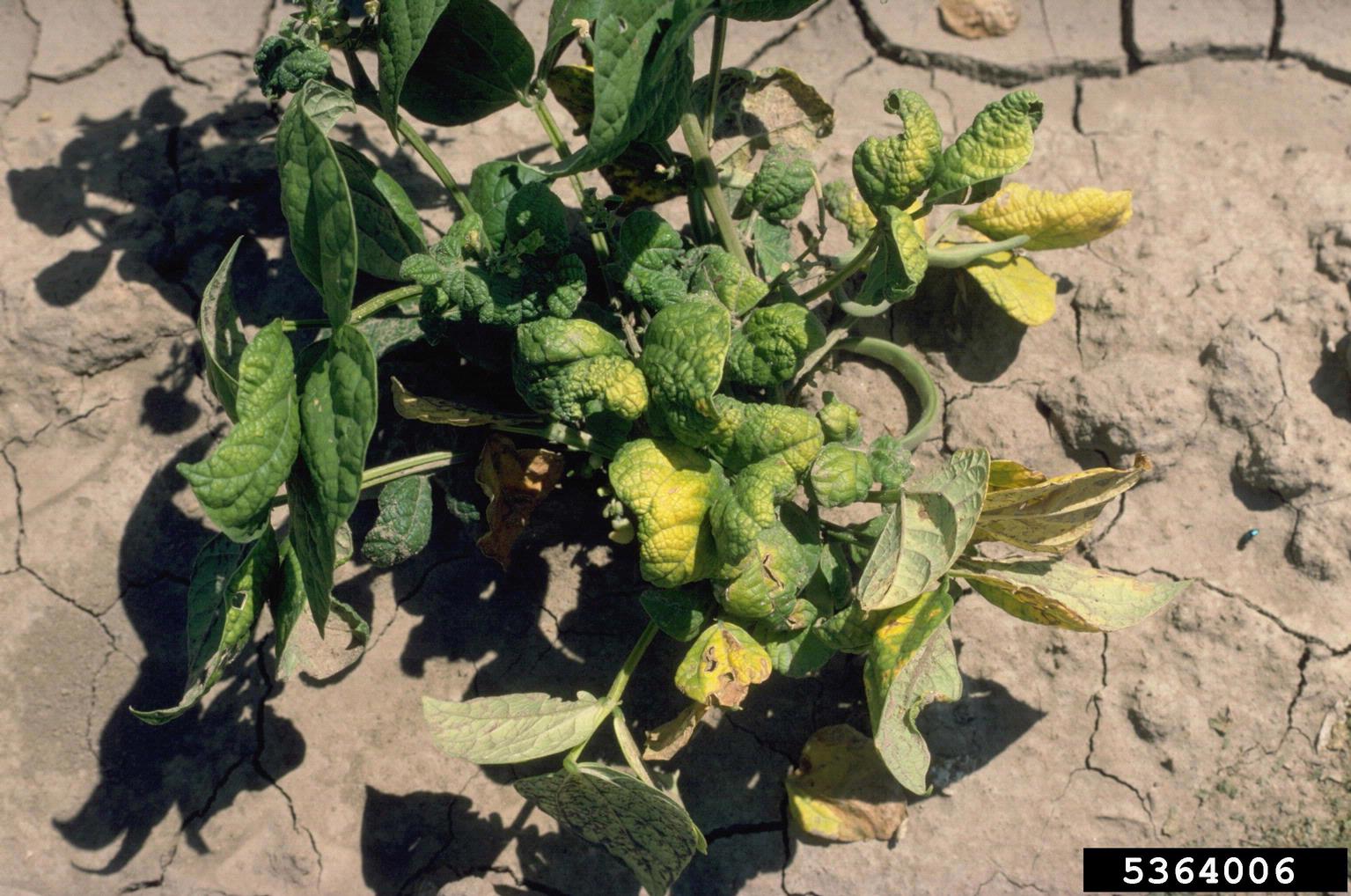 Cowpea Curly Top Virus – Learn To Manage Southern Peas With Curly Top Virus
Cowpea Curly Top Virus – Learn To Manage Southern Peas With Curly Top VirusSouthern pea curly top virus can leave your pea crop damaged if you don?t manage it. Transmitted by an insect, this virus attacks several types of garden vegetables and in southern pea or cowpeas, it can severely limit the year?s harvest. Learn more in this article.
By Mary Ellen Ellis
-
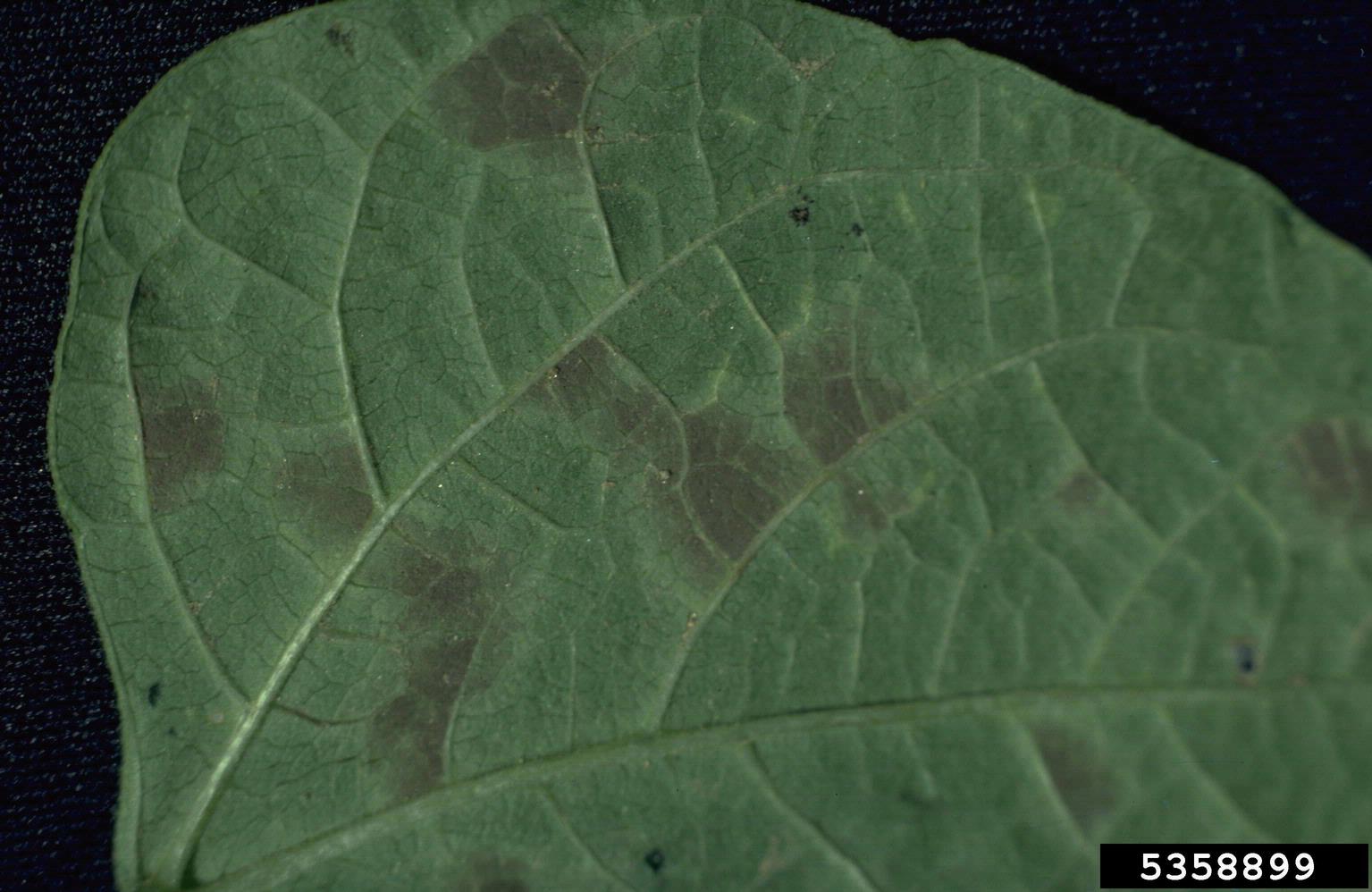 Cowpea Leaf Spot Diseases: Managing Southern Peas With Leaf Spots
Cowpea Leaf Spot Diseases: Managing Southern Peas With Leaf SpotsLeaf spots of cowpea, which can also affect lima beans and other legumes, causes significant crop loss in the southern United States. However, the fungus isn?t limited to the southern states and can also occur in other areas. Learn more here.
By Mary H. Dyer
-
Southern Pea Powdery Mildew Control – Treating Southern Peas With Powdery Mildew
It is important to recognize the symptoms of southern peas with powdery mildew in order to come up with a management plan before the problem becomes too severe. The following article contains information regarding southern pea powdery mildew control.
By Amy Grant